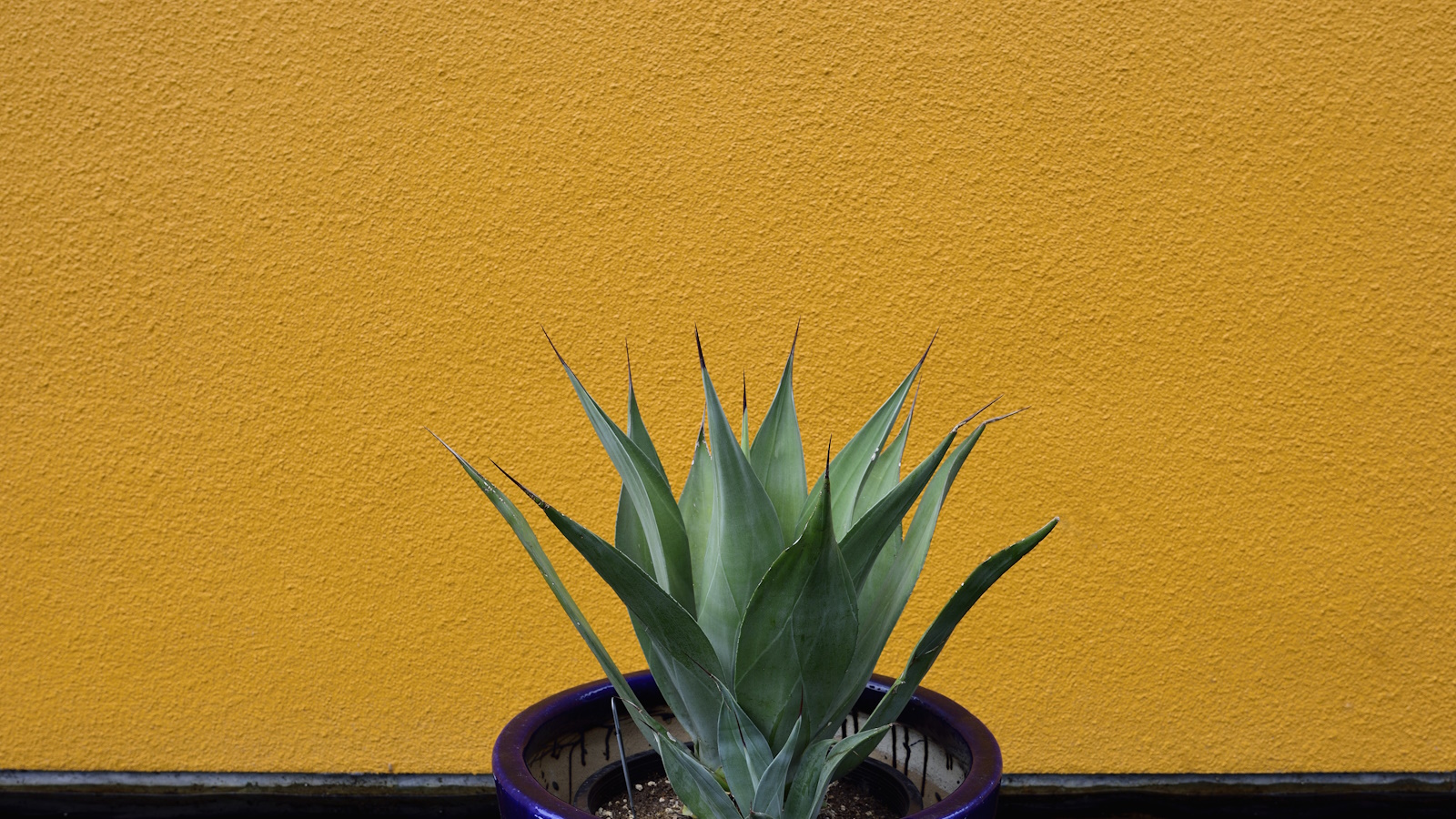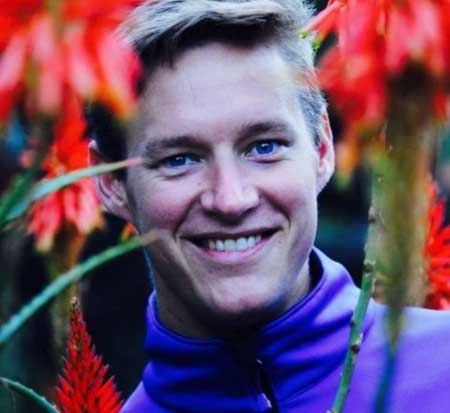Why is my aloe plant turning yellow?
Discover the three potential reasons and expert remedies to solve this issue


Aloe vera is a cactus-like succulent that has become a popular houseplant in recent years. Originating from the Arabian Peninsula, aloe is a fast-growing indoor plant due to how easily it grows in a range of different environments.
Rich in vitamins A, C and E, aloe plants are well known for their antioxidant properties, used to reduce inflammation when topically applied to the skin. Healthy aloe plants have thick, vibrant green leaves but these can turn yellow and then start to turn brown if your plant isn’t doing well.
We’ve put together a guide to help you identify the possible causes behind your aloe plant turning yellow, plus expert ways to rectify any issues.

3 reasons your aloe plant is turning yellow
There are several potential reasons why an aloe plant may start turning yellow. Below our experts have shared the most likely causes and ways you can start to nurture your aloe plant back to health.
1. Overwatering
Alex Tinsman, founder and editor at How To Houseplant, warns that 'overwatering is one of the most common causes for yellowing in aloe plants'.
As succulents, aloe plants store water in their leaves. Too much water is going to cause the roots to rot, turning the leaves yellow. Conversely, though it’s not very common, under-watering can also be a potential cause for your aloe plant turning yellow and shrivelling up.
If overwatering seems to be the likely reason for your aloe plant turning yellow, the best thing you can do is to set up a watering schedule. Let the soil dry out for a bit between waterings. Water succinctly, but not very often - about every 3-4 weeks, depending on the humidity and the temperature of your environment.
Design expertise in your inbox – from inspiring decorating ideas and beautiful celebrity homes to practical gardening advice and shopping round-ups.

Alex Tinsman is the Founder and Editor of HowToHouseplant.com. He is a passionate indoor gardener and the site aims to provide expert know-how on choosing, growing, and caring for houseplants.
2. Poor Soil Drainage

Another reason why your aloe plant is turning yellow could be down to poor soil drainage. When this occurs, plants don't absorb enough oxygen or nitrogen, and their roots can also become too wet. Fortunately, there are several ways to improve soil drainage.
One method that helps to improve it is to use a very well-draining potting mix specifically for growing succulents. We’ve explored a number of potting mixes on the market and we like the Espoma organic moisture mix potting soil from Amazon. The Espoma potting mix contains a blend of high quality natural ingredients providing the best foundation for your aloe plant to recover. You can also add a handful of grit to your soil, which will help drainage.
The choice of pot also affects the soil’s ability to drain efficiently. Choose a pot with large drainage holes, such as this Nova Pot planter set from Wayfair, so that the water does not collect at the bottom of the pot.
3. Inadequate Light and Temperature
Like many succulents, aloe plants enjoy bright but indirect sunlight. The leaves on your aloe plant will start to turn yellow when it is not getting enough light, or if you move it from an area with low light conditions to a brightly lit one.
As well as light, aloe plants can tolerate a range of temperatures but being desert plants they are sensitive to the cold.
Brody Hall, co-founder of The Indoor Nursery, suggests you should place your aloe plant in a location with full sun for at least six hours per day. If the natural light supply is not enough, you could try making use of a grow light.

From managing a vineyard to studying horticulture, all the way to obtaining a degree in Environmental Science - Brody loves nothing more than taking his years of knowledge and understanding of ecological science and applying it to the world of gardening.
FAQs
Should you cut off yellow aloe leaves?
In short, yes, if your aloe plant leaves have been yellow for some time you should prune away any dry or damaged leaves that are either yellow or brown and allow for fresh, new growth to come through.
In some extreme cases, your aloe plant may be turning yellow due to improper use of fertilizer. This happens when the plant lacks nitrogen and iron. Fertilizer should be applied at the beginning of the summer period, which is during the aloe’s active growth period. If it's time to repot your aloe plant, you can find out exactly how to do it in our expert guide.

Seraphina is a contributing editor at Homes & Gardens, writing Solved features on organizing and storage. She loves to decorate and also grow her own produce from her home in London. Her previous experience includes working at Women's Health and Fabulous Magazine.